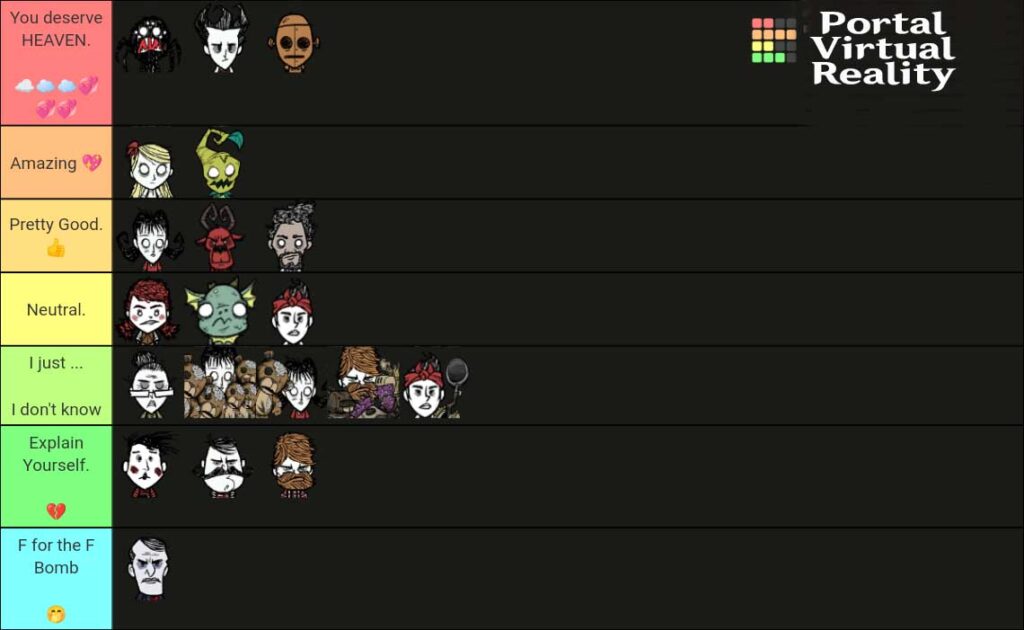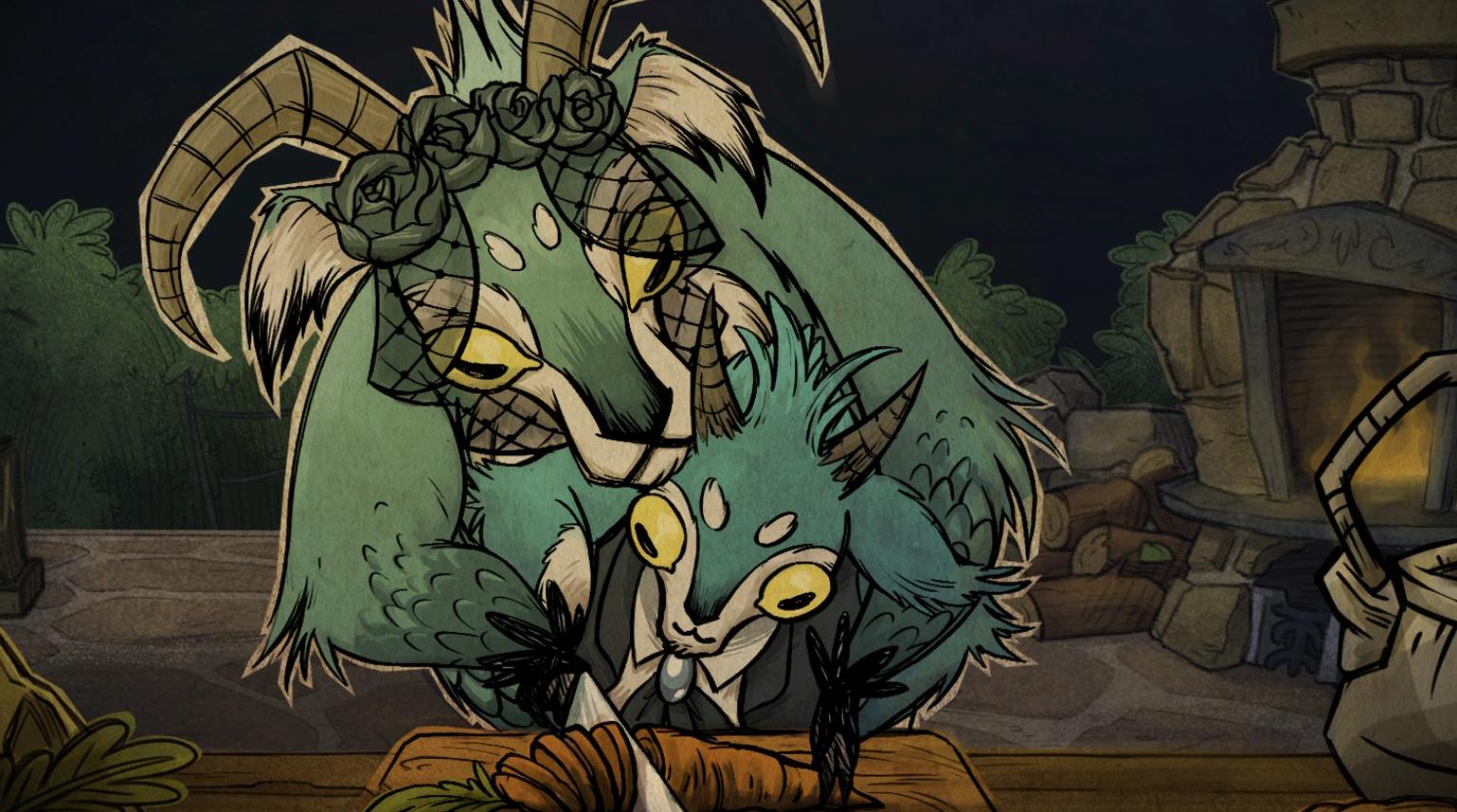

- #DONT STARVE TOGETHER CHARACTER SOUNDS SOFTWARE#
- #DONT STARVE TOGETHER CHARACTER SOUNDS PROFESSIONAL#
#DONT STARVE TOGETHER CHARACTER SOUNDS PROFESSIONAL#
The result of this research is a costume production pipeline for integrating a costume professional into the game character design process. Therefore, an ethnographical research that applies to qualitative, descriptive, nonmathematical and naturalistic research methods is utilized in this thesis. The material of this thesis is based on the author's experience as an intern and Costume Artist at the game company Remedy Entertainment and on data collection in the form of participant observation, conversational interviews, archival searches and assorted documents as an internal employee of the company.
#DONT STARVE TOGETHER CHARACTER SOUNDS SOFTWARE#
Also, tools for character art are beginning to lean on actual costume construction: the pattern based cloth simulation software entitled Marvelous Designer has become the industry standard for character clothing. Technology for depicting reality is advancing and digital industries have become aware of the extensive skills required to depict increasingly realistic worlds. The research's main emphasis is on immersion-driven AAA-games that employ 3D-graphics and human characters and are either photorealistic or represent stylized realism. The exploration of integrating a costume professional into game character creation as a process is still rare and little information of costume in games and experiences in transferring an analogue character building skillset into a digital one can be found, therefore this research was generated to provide knowledge on the subject. The research suggests, that integrating costume knowledge into the character design pipeline increases the storytelling value of the characters and provides tools for the narrative. This thesis explores ways of integrating a costume professional to the character art team in the game industry. This research supports and extends prior findings which suggest that NUIs might not be as natural and intuitive as they are designed to be. Additionally, game genre differences were found suggesting shooting games (first- and third-person shooters) to be more frequently played with gamepads and sports games to be more frequently played with NUIs, and gamepad session were as much as 50 per cent longer on average. No differences in controller simplicity or the overall enjoyment were found. Likewise, participants discussing NUIs were more likely to comment on the controller’s lack of precision, feeling unnatural, having less success during the game session, and seeing the controller as more novel. While the same eleven discussion themes emerged when players described either gamepad or NUI experiences, participants discussing gamepads were more likely to comment on the controller’s precision, comfort, success using the controller, and their past experience with the controller. A secondary qualitative analysis of N=238 open-ended comments to a larger game controller experience survey were analysed for emergent themes, with χ2 tests used to compare the frequency of their mention between the two controller types.

This research report sought to understand how gamers experienced recent gaming sessions using traditional game controllers (gamepads) or natural user interfaces (NUIs, such as the Nintendo Wiimote).


 0 kommentar(er)
0 kommentar(er)
